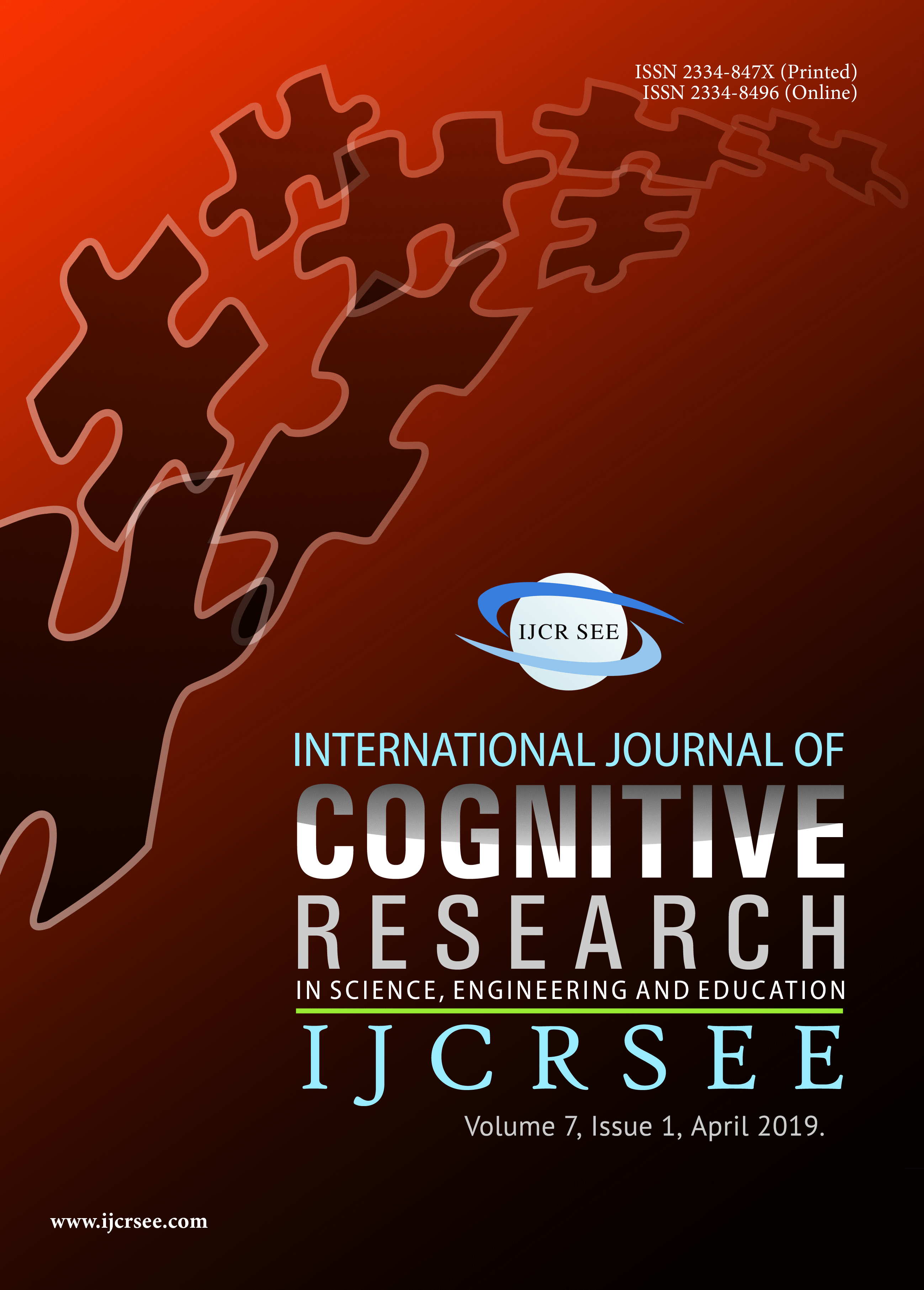OPTIMUM VIRTUAL ENVIRONMENT FOR SOLVING COGNITIVE TASKS BY INDIVIDUALS WITH AUTISM SPECTRUM DISORDERS: THE QUESTIONS AND METHODS OF DESIGN
OPTIMUM VIRTUAL ENVIRONMENT FOR SOLVING COGNITIVE TASKS BY INDIVIDUALS WITH AUTISM SPECTRUM DISORDERS: THE QUESTIONS AND METHODS OF DESIGN
Author(s): Tatiana Yurievna Bystrova, Ludmila Valerievna Tokarskaya, Darko VukovićSubject(s): Cognitive Psychology
Published by: Удружење за развој науке, инжењерства и образовања
Keywords: cognitive tasks; virtual reality; virtual environment; the phenomenon of presence; immersion phenomenon;autism spectrum disorders;
Summary/Abstract: The number of people with autism spectrum disorders (ASDs) is growing in Russia and the world at large. It is important to find ways to diagnose and correct the work with such individuals. There is much evidence that children with ASDs often exhibit pronounced communicative difficulties, problems in establishing visual contact etc. Specialists working with this category of patients face serious difficulties in trying to find effective ways to interact with them. The use of virtual reality environments that have the necessary parameters, determined theoretically, experimentally, and practically, can mitigate these difficulties. The study has shown that, at present, there is much experience in the field of virtual reality application while working with children who have ASDs. Nevertheless, there are several unspecified issues. First, as far as the perception of virtual reality by people with ASDs are concerned, it is especially important to study them. Of much importance are the peculiarities of their states associated with virtual reality, while solving cognitive tasks during diagnostic and corrective work stage, as well as in obtaining education. It is necessary to choose the right methods of visualization and interaction in a virtual environment. The focal point of the article is to justify the project of creating a virtual reality for the diagnosis and socialization of individuals with ASDs, i.e., its structure, stages and methods. In addition, the work is of interest in connection with the research of the phenomenon of presence in virtual reality.
Journal: International Journal of Cognitive Research in Science, Engineering and Education (IJCRSEE)
- Issue Year: 7/2019
- Issue No: 1
- Page Range: 63-72
- Page Count: 10
- Language: English

